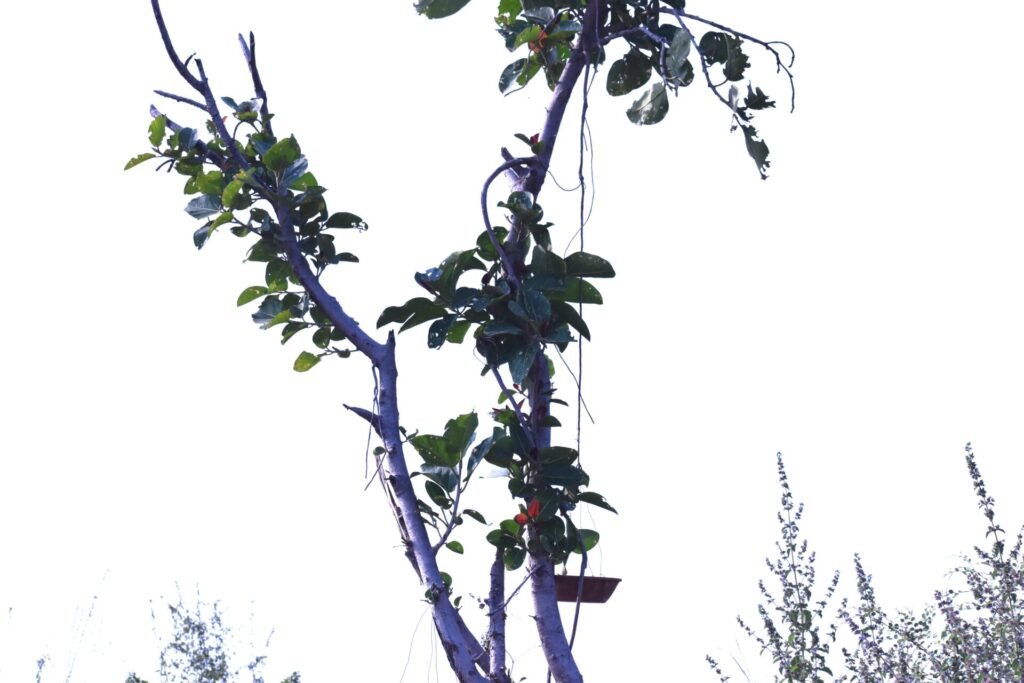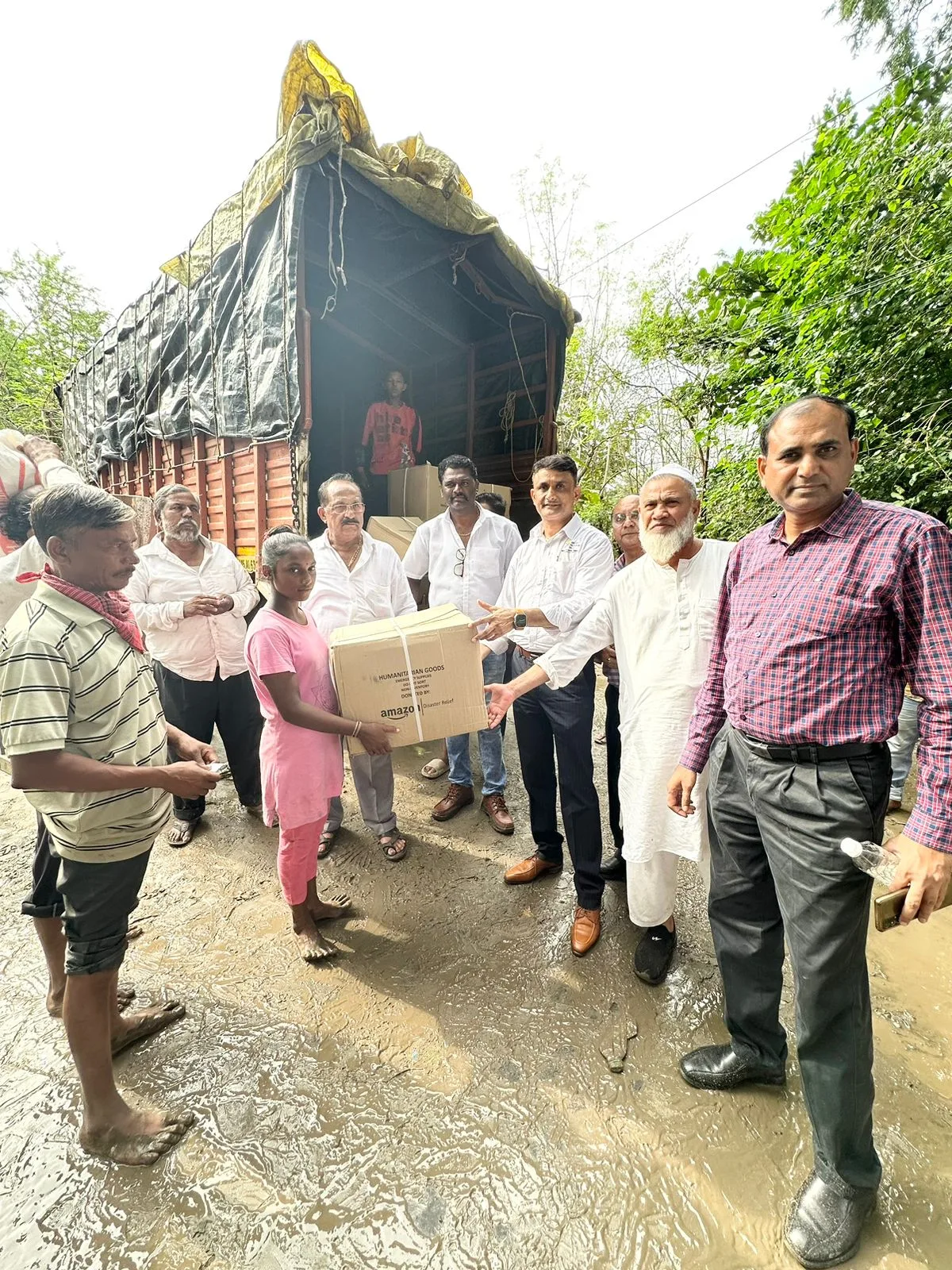The Power of Native Trees: Why Indigenous Species Matter
In an era where climate change, biodiversity loss, and environmental degradation are growing concerns, the importance of native trees cannot be overstated. At Drishti Foundation Trust, a global non-profit philanthropy organization with a legacy spanning more than a decade, we’ve learned that the solutions to many environmental challenges often lie in embracing what nature has already perfected—our native species. With Special Consultative Status from the United Nations ECOSOC since 2017, our work in health, education, environment, and disaster management has been deeply rooted in promoting the value of indigenous flora, particularly native trees, across diverse regions of India.

Native trees, also known as indigenous species, are those that have evolved naturally in a particular region over thousands of years. They are well-adapted to the local climate, soil, and ecological conditions. More importantly, they form an essential part of the intricate web of life—supporting pollinators, wildlife, and even traditional knowledge systems. When we plant and nurture these trees, we’re not just growing greenery—we’re restoring balance to ecosystems that sustain both people and the planet.
Why Native Trees Are Essential for Ecosystem Health
Native trees play a foundational role in rebuilding ecosystems. Because they have co-evolved with local insects, birds, and mammals, they offer natural shelter, nesting grounds, and food sources that non-native or exotic trees often fail to provide. In our biodiversity restoration projects, particularly in Gujarat, Rajasthan, Haryana,Delhi/NCR,Uttar Pradesh,Telangana and Maharashtra, we’ve observed that regions planted with indigenous species experience a significant increase in biodiversity over time. From birds returning to degraded landscapes to butterflies fluttering around flowering native trees, the signs of ecological healing are evident.
Moreover, native species help preserve soil health. Their deep roots prevent erosion, reduce surface runoff, and allow rainwater to seep into the ground. In one of our flagship projects in Nani Boru village, we planted thousands of native saplings around water bodies as part of a water conservation and pond rejuvenation program. The result? Improved groundwater levels, healthier crops, and reduced dependence on external irrigation systems. When local trees thrive, so do the communities that depend on them.
Resilience in the Face of a Changing Climate
As climate change accelerates, the ability of trees to withstand extreme weather events becomes increasingly critical. Native trees have a natural resilience against the climate conditions of their regions. They survive intense heat, heavy monsoons, droughts, and local pests better than exotic trees that were never meant to grow there. This makes them more sustainable in the long run—requiring less water, fewer chemical inputs, and minimal maintenance.
For instance, during our disaster relief work in Taluka Matar, District Kheda, we noticed that native trees like babul (Acacia nilotica) and banyan (Ficus benghalensis) survived strong winds and floods more effectively than ornamental or commercially introduced species. These trees stood tall, offering protection to nearby settlements and stabilizing the landscape in ways that artificial solutions could not replicate.
Supporting Wildlife and Biodiversity
Every tree tells a story, and native trees are the storytellers of the natural world. They are part of a living library of biodiversity. Unlike imported species that often create “green deserts” with little ecological value, native trees support a wide range of organisms—from soil microbes and fungi to bees, butterflies, birds, and mammals. At Drishti Foundation Trust, we actively protect and promote these species through tree plantation drives, biodiversity park development, and eco-awareness programs.
In areas where we’ve reintroduced indigenous trees, we’ve documented the return of pollinators and birds that had once vanished. In one of our educational outreach sessions, local students were amazed to see fireflies in their village for the first time in years—an indicator of a healthy, chemical-free environment. These small yet profound moments remind us of the deep interconnection between nature and community well-being.
Cultural, Spiritual, and Medicinal Significance
Indigenous trees are not just ecologically important—they are culturally sacred and deeply embedded in India’s traditions. Trees like Neem (Azadirachta indica), Peepal (Ficus religiosa), Jamun (Syzygium cumini), and Arjuna (Terminalia arjuna) have long been revered for their medicinal properties, spiritual associations, and environmental benefits. In rural and tribal areas, these trees form part of the local health system, often being used in home remedies and Ayurvedic preparations.
Drishti Foundation Trust actively promotes awareness around the cultural relevance of native species. Through our school programs and community workshops, we help people reconnect with their heritage and understand the environmental wisdom passed down through generations. These efforts not only preserve biodiversity but also foster a sense of pride and stewardship in local communities.
Redefining Afforestation: Quality Over Quantity
Afforestation is often measured by the number of trees planted. But at Drishti Foundation Trust, we believe it’s about planting the right trees in the right place, for the right purpose. That’s why we prioritize region-specific, native tree species in all our plantation projects. Our plantation efforts are not limited to sapling distribution but include geo-tagging, post-plantation care, community training, and survival rate monitoring.
We’ve planted and maintained over 1 million native trees across 8 Indian states, and our focus on inclusive community involvement has resulted in survival rates of over 75%—well above the national average. We engage women’s groups, farmers, students, and Panchayati Raj Institutions to ensure that the trees we plant become living assets for generations to come.
Aligning with Global Goals for a Sustainable Future
Our commitment to indigenous tree plantation aligns with the United Nations Sustainable Development Goals (SDGs), especially:
SDG 13: Climate Action
SDG 15: Life on Land
SDG 6: Clean Water and Sanitation
SDG 3: Good Health and Well-being
We also contribute to the objectives of the UN Decade on Ecosystem Restoration (2021–2030) by creating replicable, scalable, and community-driven models for ecological restoration. Through nature-based solutions rooted in native biodiversity, we are building resilient landscapes that can adapt to future challenges while supporting livelihoods, food security, and human health.
Empowering Communities Through Trees
Trees bring people together. They offer shade, fruit, medicine, and inspiration. When planted with care and purpose, they transform barren lands into thriving commons. Our work goes beyond the act of planting. We focus on education, empowerment, and sustained engagement. We train local youth to become “tree guardians,” work with schools to develop “green curriculum,” and partner with urban municipalities to incorporate native species into city parks and roadside landscaping.
Inclusive participation ensures that the benefits of tree plantation are equitably distributed. Everyone—from a schoolchild to a senior citizen—can contribute to this green movement. By making native tree plantation a collective responsibility, we nurture a deeper connection between people and the planet.
How You Can Be Part of the Solution
Protecting native trees isn’t the job of environmentalists alone—it’s something we all can contribute to. You can support the restoration of indigenous trees by:
- Planting native species in your homes, schools, or workplaces.
- Supporting community-led reforestation efforts.
- Avoiding the use of invasive ornamental plants.
- Volunteering for green initiatives.
- Spreading awareness about the importance of native biodiversity.
Your actions, no matter how small, can help bring back the birdsong, cool the summers, restore the rivers, and ensure a greener future for all.
A Future Rooted in Indigenous Wisdom
As we look ahead, the path to sustainability must be rooted in the wisdom of nature. Indigenous tree species carry with them the memory of the land, the rhythm of the seasons, and the resilience of ecosystems that have evolved over millennia. By nurturing native trees, we honor that wisdom—and ensure that our children inherit a world that is rich in life, beauty, and balance.
At Drishti Foundation Trust, we remain committed to planting not just trees, but seeds of hope, resilience, and inclusive environmental action. We invite you to walk with us on this journey. Because together, we can restore what we have lost and create a thriving green legacy for all.
Contact us to explore collaboration opportunities, learn more about our initiatives, or contribute towards making a difference that truly matters.
Facebook: https://www.facebook.com/DrishtiFoundationTrust/
Instagram : https://www.instagram.com/drishtifoundation
Youtube : https://www.youtube.com/drishtifoundationtrust
Twitter : https://www.twitter.com/dftindia

